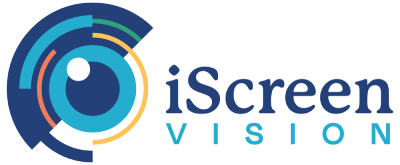According to revised guidelines published in 2012 by the American Association for Pediatric Ophthalmology and Strabismus (AAPOS), the amount of anisometropia that puts a child at risk for amblyopia varies according to age, since the amount of hyperopia a child has normally naturally lessens as a child ages and his eyes grow, which may cause anisometropia to also lessen as they age. For children aged 12-30 months, AAPOS guidelines consider children at risk for amblyopia if they have a difference in refraction between the two eyes, or anisometropia, greater than +2.5 diopters; for children aged 31-48 months, anisometropia greater than +2.0 diopters is considered a risk factor for amblyopia, and for children older than 49 months, anisometropia of more than +1.5 diopters is considered an amblyopia risk factor. iScreen Vision uses AAPOS guidelines in analyzing images and determining whether or not a child who is screened or tested for amblyopia should be referred for anisometropia.
Join more than 1,000 pediatricians in improving patient outcomes with iScreen Vision.
